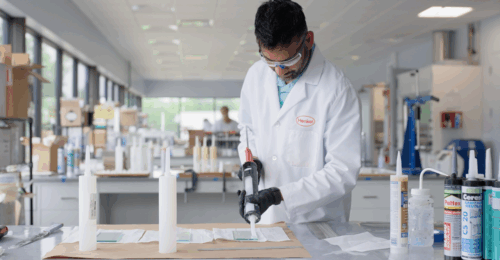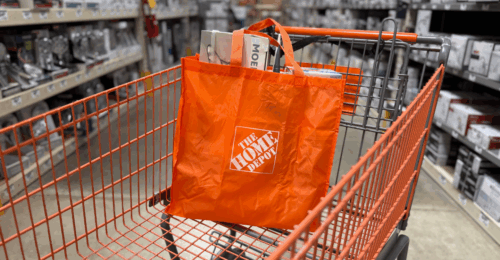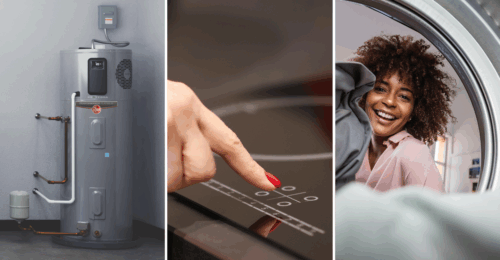Want to be more sustainable at home but not sure how? You’re not alone — and P&G and its family of trusted brands are here to help.
According to a new P&G study in the U.S.[1], 72% of people want to do more to be sustainable at home. But fewer than half of people make environmentally conscious choices at home as often as they’d like. And for most people, “not knowing how” is the biggest barrier to acting sustainably.
Closing the gap between intention and action and unlocking change at home has the potential to positively impact the planet by reducing greenhouse gas emissions, electricity, water use, and more. This means the small changes you make – such as using cold water for laundry, running an energy-efficient appliance, and recycling more – can make a big impact.
The superior products from P&G make it easy to make sustainable choices — with no tradeoffs in performance. And through product formulation and packaging that uses less, refills easily or recycles more, their household brands are helping families make sustainable choices at home.
Here are three helpful sustainability tips:
- Turn to cold: Washing on cold with Tide provides an extraordinary cleaning power. Switching from hot to cold water can also save energy and money – using up to 90% less energy and saving up to $150 a year on your energy bill by washing on cold instead of hot[2].
- Skip the pre-rinse: Cascade knows that even small dishwasher loads can save water. A running sink can use up to four gallons of water every two minutes, while an ENERGY STAR® certified dishwasher uses less than four gallons per cycle. So, if you spend just 10 minutes per day handwashing your dishes, then choosing your dishwasher for your daily load of dishes and skipping the pre-rinse can save you up to 100 gallons a week.
- Save on soaking and reduce waste: Dawn Powerwash Dish Spray creates spray-activated suds without water to get dishes clean without soaking, so there’s no need to use the faucet until the final rinse. Plus, it’s designed with a reusable sprayer to help reduce waste.
At P&G, environmental sustainability has been embedded into how they do business for decades. Over the past 10 years, the company has reduced its GHG emissions by 50%, reached zero manufacturing waste to landfill across all sites globally, and doubled the use of recycled resin in its plastic packaging.
Consumer use of products is P&G’s largest opportunity to help reduce emissions and remains a key focus for the company and brand efforts to address climate change. Beyond this, P&G is advancing progress toward our 2030 goals to:
- reduce manufacturing emissions by 50%
- purchase 100% renewable electricity
- improve finished product transportation emissions efficiency by 50%
- make 100% of packaging recyclable or reusable
- reduce virgin petroleum plastic packaging by 50%
P&G’s commitment: using its voice, reach, innovation and expertise – and that of its brands – to make sustainability irresistible for all. Let’s all come together to do more for our planet, our home!
[1] Unless otherwise stated all statistics are sourced from the “It’s Our Home” Study, conducted by P&G hosted on Toluna, surveying 1125 consumers in the US, Feb 8th, 2021.
[2] In non-HE washer, switching 8 loads/wk from hot to cold, avg. electricity rate (13.3c/kWh)






